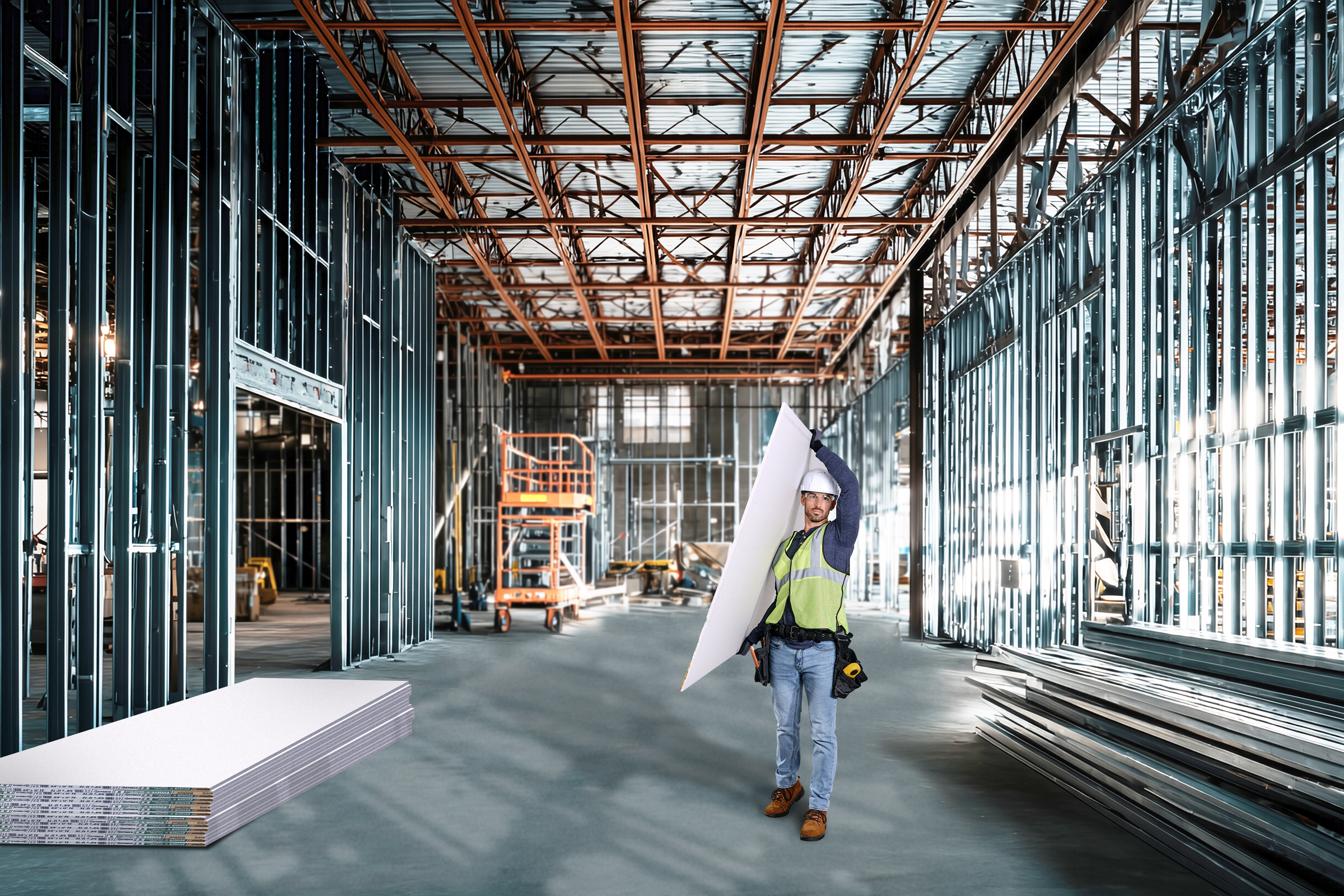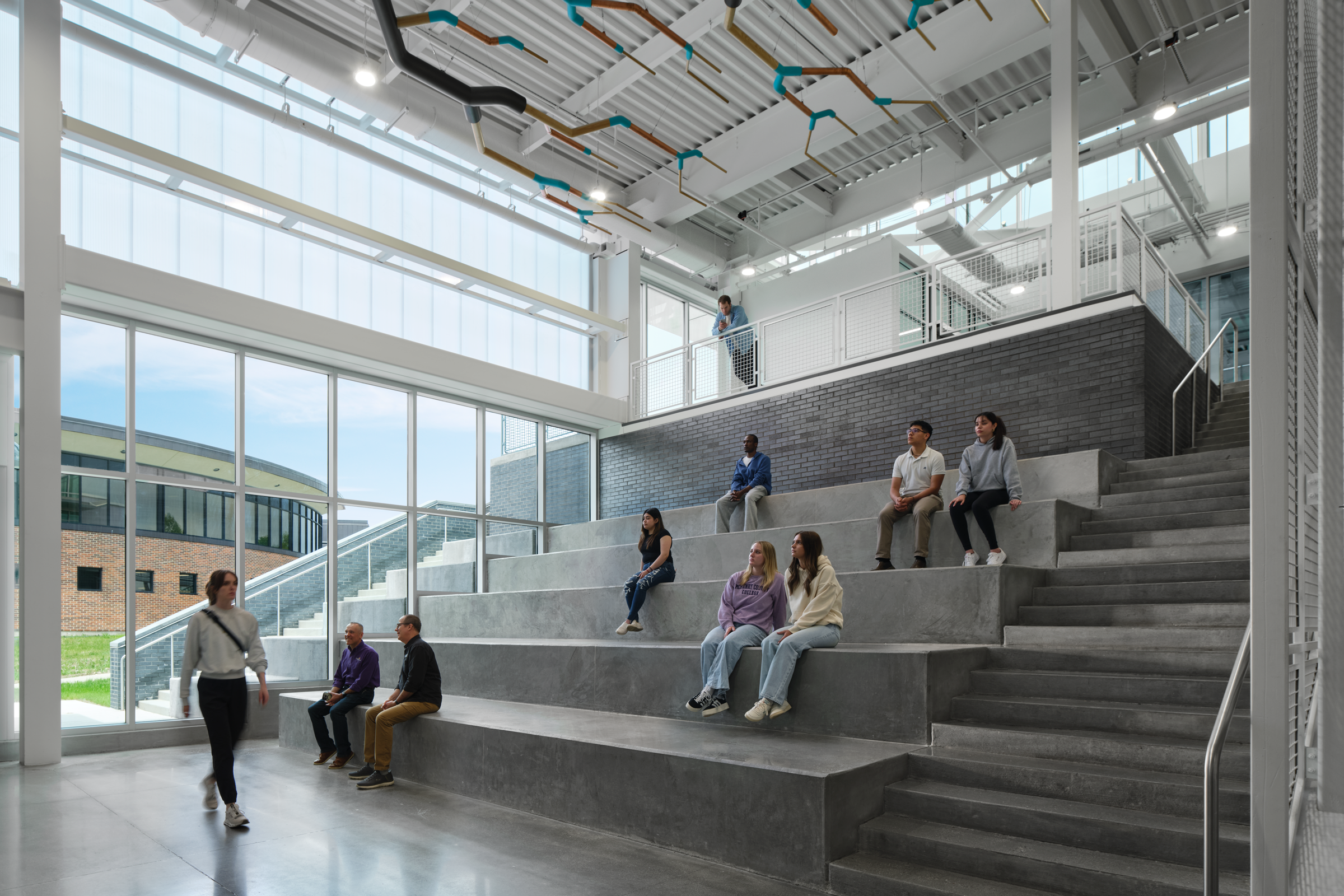Story at a glance:
- Tubular daylighting devices use a rooftop dome to capture the sun.
- Solatube worked with JRA Architects on commercial building renovations that included TDDs.
- TDDs can increase the amount of daylight entering a space.
Tubular daylighting devices, or TDDs, have been available since the early 1990s. They use a rooftop dome to capture the sun’s rays transmitting light through a highly reflective tube-shaped duct.
At the ceiling a diffuser disperses the natural light, offering a cost-effective solution to provide daylight to interior spaces. This natural light contributes to increasing the occupant’s health and productivity.
As a manufactured unit, installation is simple since it typically does not require any structural modifications and fits easily into roofing systems.
Early in my career I witnessed the benefits of these devices.
TDDs in Action
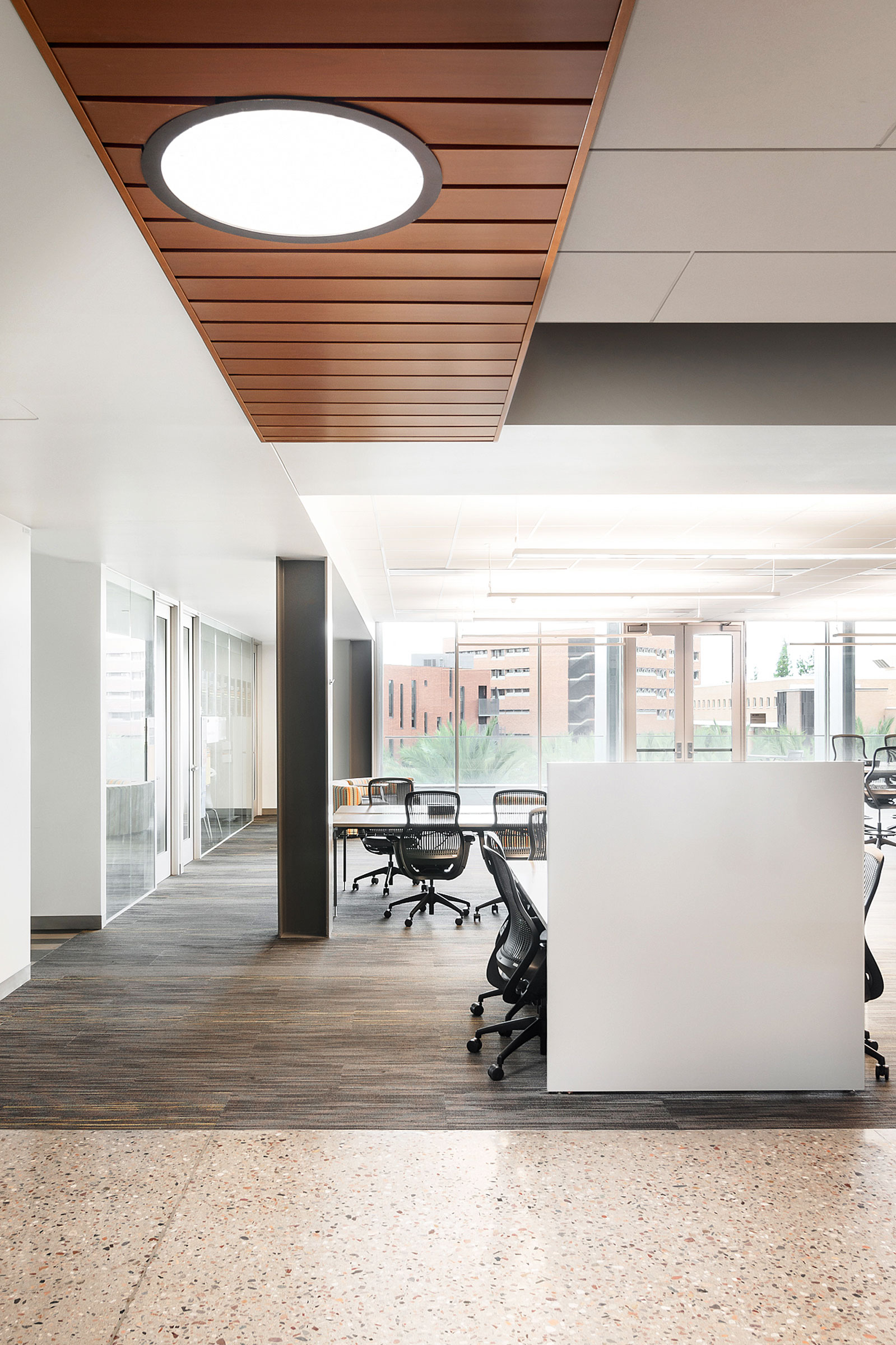
ASU’s Student Pavilion common area. Photo courtesy of Solatube
In 2002 our client The University of Louisville commissioned JRA Architects to renovate a former industrial building into student and business offices. This structure had an extremely large floorplate measuring approximately 125-by-260 feet. It had 4-foot-by-8-foot exterior windows at approximately 20-foot centers, affording very little daylight to interior spaces. The design challenge was to bring natural light to the many interior office suites within this broad floorplate.
The University’s physical plant discouraged the addition of traditional skylights to these interior spaces for “fear of leaky skylights.” At the suggestion of the university assistant architect, we installed and tested four of TDDs at key interior spaces of the project. They have now provided leak-free daylight for more than 18 years for the office workers, enriching their working environment and increasing staff proficiency.
This project launched my firm’s long association with TDDs. In the last 18 years we’ve used them in numerous projects developing innovative daylight designs.
Basic Design Requirements

Solatube in action. Drawing courtesy of Solatube
TDDs’ small size and flexible reflective tubing systems allow simple placement at almost anywhere in the roof of a building. Of course, common sense dictates they should not be located near roof drains, complex roof crickets, and mechanical equipment.
It’s important to overlay the roof structural grid design with the proposed locations of the TDDs. This is easily done in BIM software.
Limiting any structural changes to the simple reinforcement of the roof deck at the opening for the TDD greatly contributes to the cost effectiveness of these devices. It’s also important during the design process to locate ductwork, plumbing, and fire suppression lines away from the tube drops. However, angled tubing can be adjusted in the field to miss these mechanical systems, further illustrating the advantages of these devices.
The final requirement is close coordination with the roofing subcontractor and TDD installer to ensure proper flashing techniques are employed to eliminate water infiltration and condensation.
The TDD terminates with a diffuser in the ceiling grid. Placement of the diffuser can be wherever natural light is desired. It’s also used to augment the artificial lighting in the building, often becoming part of the ceiling lighting plan.
TDDs can also be fitted with options like light baffles that adjust the amount of natural sunlight entering the room. Integral LED light that operates in conjunction with a light sensor and the motorized baffles is another option.
Light to Solar Gain Ratio
Daylighting strategies consist of side lighting of interiors through windows or top lighting of interiors via traditional skylights or TDDs.
Windows often produce glare, a shifting light pattern, and have a much lower R value than the adjacent wall construction. Furthermore, since windows are at the perimeter of a building, the extents of natural light penetrating to interior spaces is limited.
Traditional skylights eliminate this issue by grandly illuminating interior spaces, but increased structural and HVAC costs are encountered with this system. Traditional skylights are also a fixed building element that normally limits future adaptability. Unless they include light controlling shading devices, glare and inconsistent light patterns will plague occupants.
Tubular daylighting devices don’t have these shortcomings. Their advantage over windows and traditional skylights are measured in what is called a light to solar gain ratio. This number mathematically describes the ratio of the visible transmittance to the solar heat gain coefficient of a fenestration product. Overall this technology is very energy-efficient and can substitute for a percentage of a building’s artificial lighting. Windows will always be a primary source of vision and daylight; however, the extents of their use can now be offset with TDDs.
Advanced Detailing and Innovation
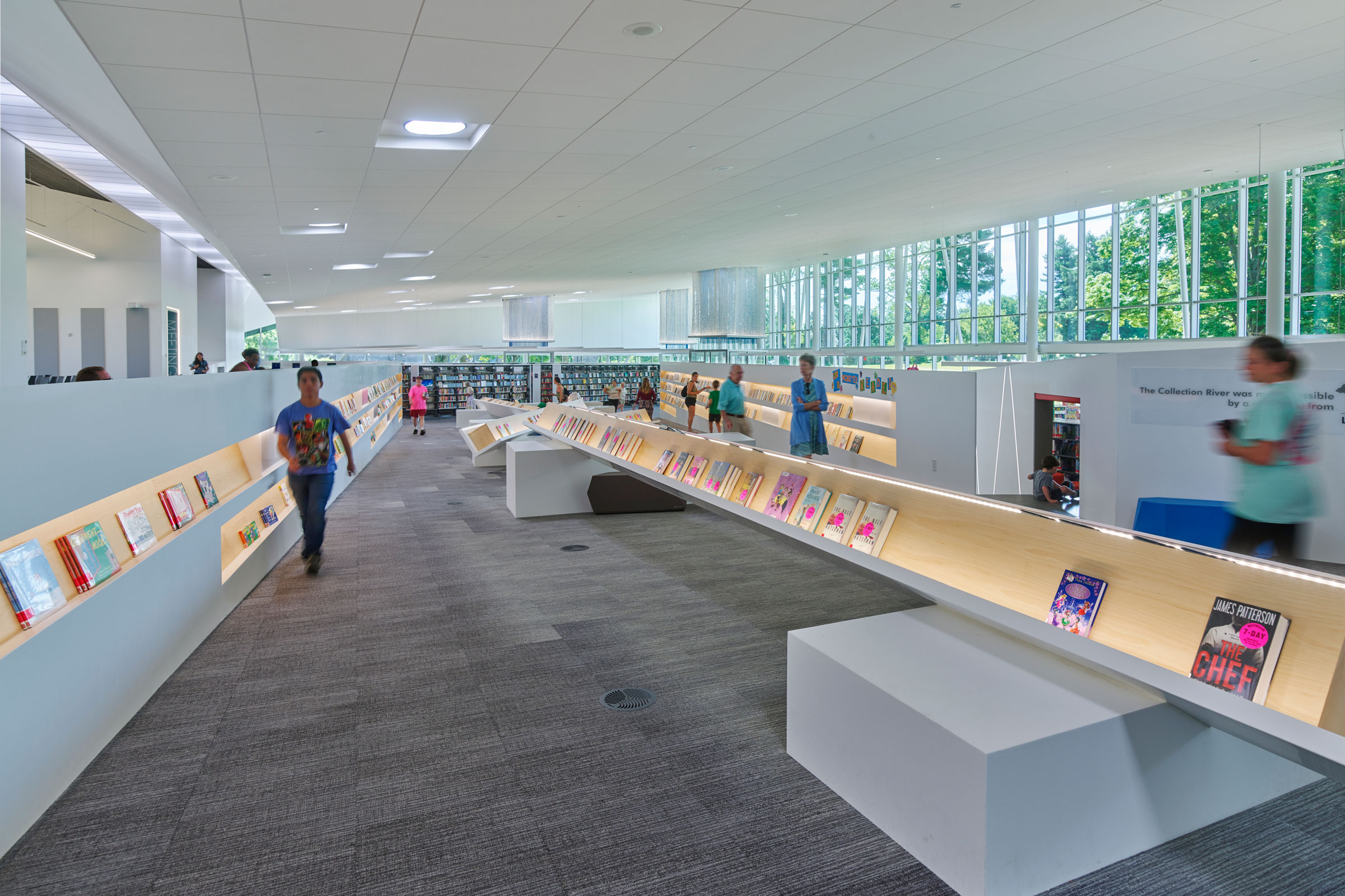
Northeast Louisville Regional Library. Photo courtesy of JRA Architects
Typically tubular daylighting devices are installed on a low sloped roof with a single-ply or built-up roof membrane. What is done when the roof is made of other materials or ones with high pitched roofs? In these cases manufacturers provide an extended curb where roof material has a high profile. They also provide a slope transition assembly for pitched roofs.
In 2007 I specified both add-on features when detailing the TDDs used in my custom-designed home. It had a roof pitch of 6/12 and had barrel-vaulted Spanish roof tile. These add-on features have produced a leak-free installation ever since.
A similar but more advanced detail was derived for a new courthouse that JRA designed in 2011in Hancock County, Kentucky. This building featured 16 TDDs within in a green roof over the main courtroom. Again, an extended curb was specified to make up for the thickness of the soil and roof plants. Edging was detailed to retain a gravel border around the TDDs. This along with normal maintenance prevents any plant growth near the critical base flashing of the unit.
Innovative detailing also occurred at the Louisville Northeast Regional Library building recently designed by MSR and JRA Architects. Instead of specifying a 178-foot continuous skylight or modifying the structure to create a 178-foot-long clerestory, 16 TDDs were spaced in a row with the interior finished with a continuous acrylic panels.
This cost-efficient solution allowed the structural grid to not be interrupted by a traditional skylight while still depicting a linear light feature that accents the main corridor. Tens of thousands of dollars were saved without compromising the amount of daylight entering this central space.
Advanced Software
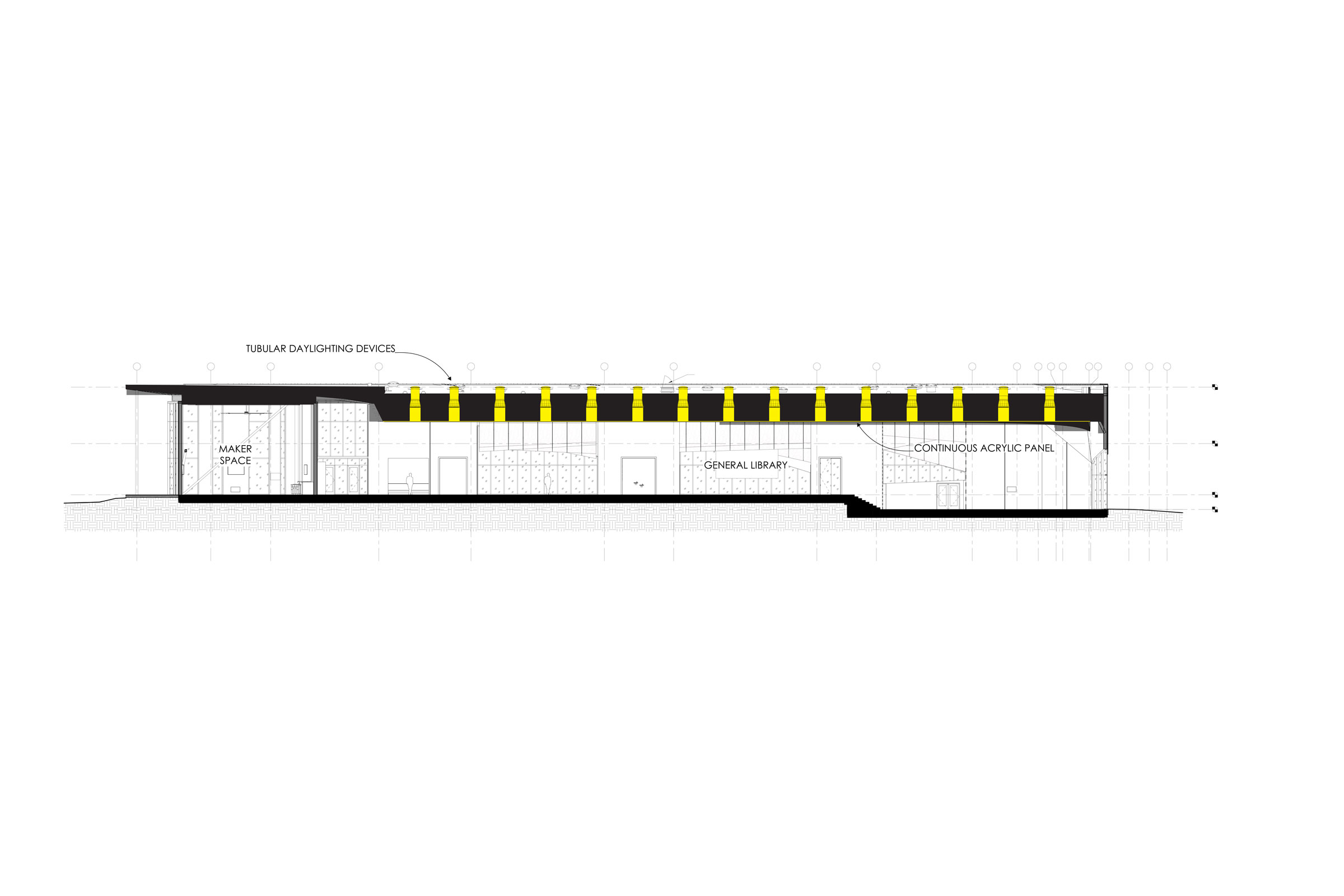
Louisville Northeast Regional Library. Drawing courtesy of JRA Architects
Accompanying the innovative use of TDDs is daylight modeling computer software. It assists designers in determining light levels within buildings using various daylighting methods.
Windows, skylights, and TDDs can all be input into the program to determine the light levels at various times of the day. This also helps in the design of artificial lighting or reduction of artificial lighting.
The spacing of TDDs varies based on the diameter of the units, height of the room, code required lighting level, and length/reflectivity factor of the connecting tube. A good rule of thumb is one TDD per every 300 square feet of room coverage in a residential application.
Sefaira is one readily available software program that can be used in placement of artificial lighting and TDDs. This program assisted in the placement of 53 strategically placed TDDs to eliminate a significant amount of artificial lighting in the main room of the new Louisville Northeast Regional Library. This innovation using advanced software contributed to the daylighting credits to achieve the building’s LEED Gold certification.
Resilience
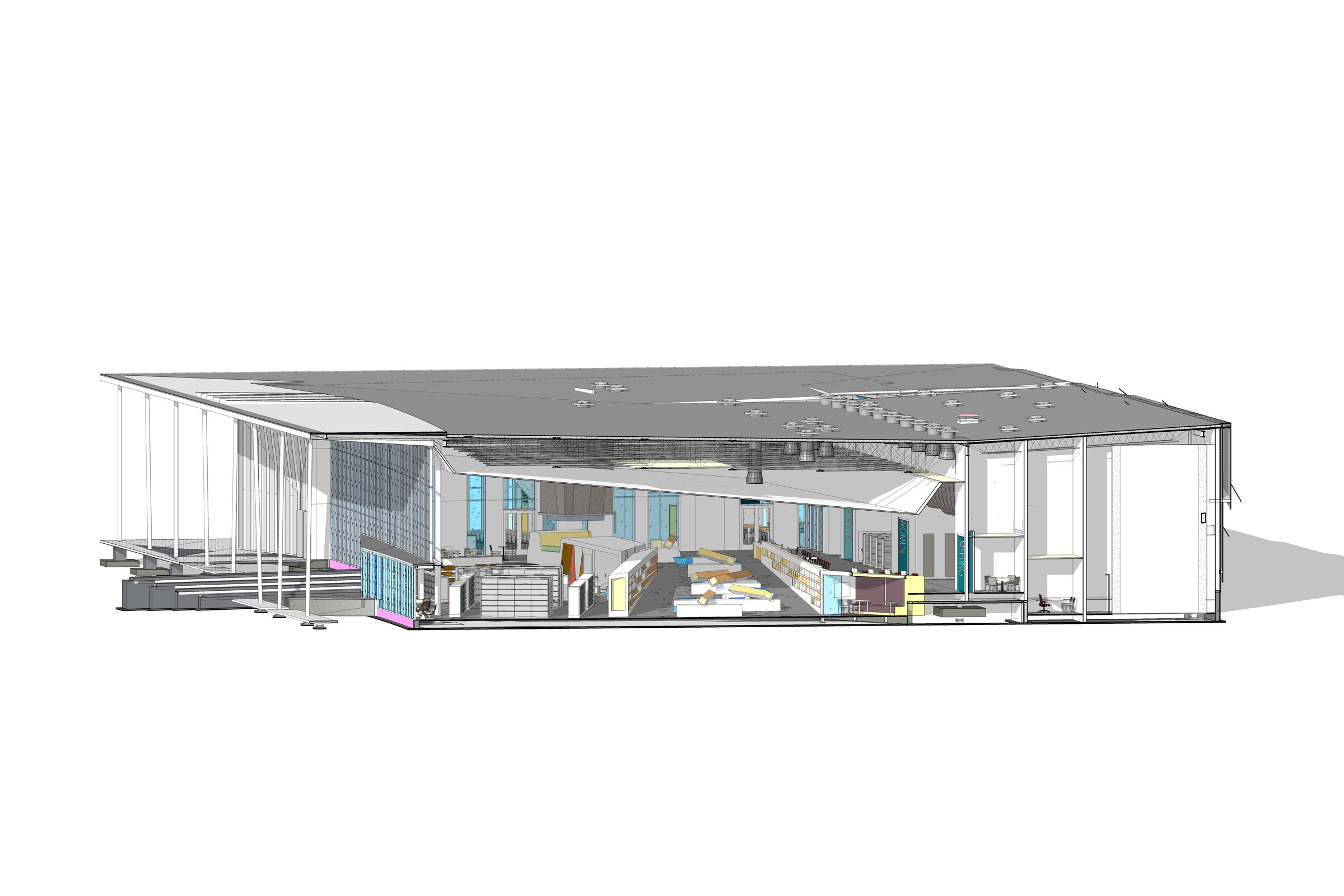
Drawing courtesy of JRA Architects
The AIA recently developed its 10 principles for design excellence, including Design for Change. One characteristic of this principle is to create a building that is reusable over time and resilient to climate change and natural disasters like stress, high winds, or blackouts.
TDDs meet these requirements in various ways. Models can be specified to meet FEMA P-361 requirements for storm shelters and safe rooms. Their basic design of allowing sunlight to enter the building also meets the criteria of providing light during blackouts. For example, on cloudless nights, I get wonderful moonlight within my residence thanks to the light enhancing qualities of TDDs.
Finally, resilience is defined as being able to adapt a building over its 50- to 100-year lifetime to various uses and configurations. TDDs’ flexible tube design allows simple configuration to new partition locations. The polycarbonate dome at the roof remains in its original location. The light distribution lens and tubing are re-aligned to the new design. This equates to simple and affordable adaptability for future needs.
In conclusion, tubular daylighting devices offer excellent daylighting opportunities benefiting the wellness of building occupants. Their proven technology and environmental advantages make them an essential part of any sustainable project. Using advanced detailing techniques allows them to be part of any innovative building envelope.



